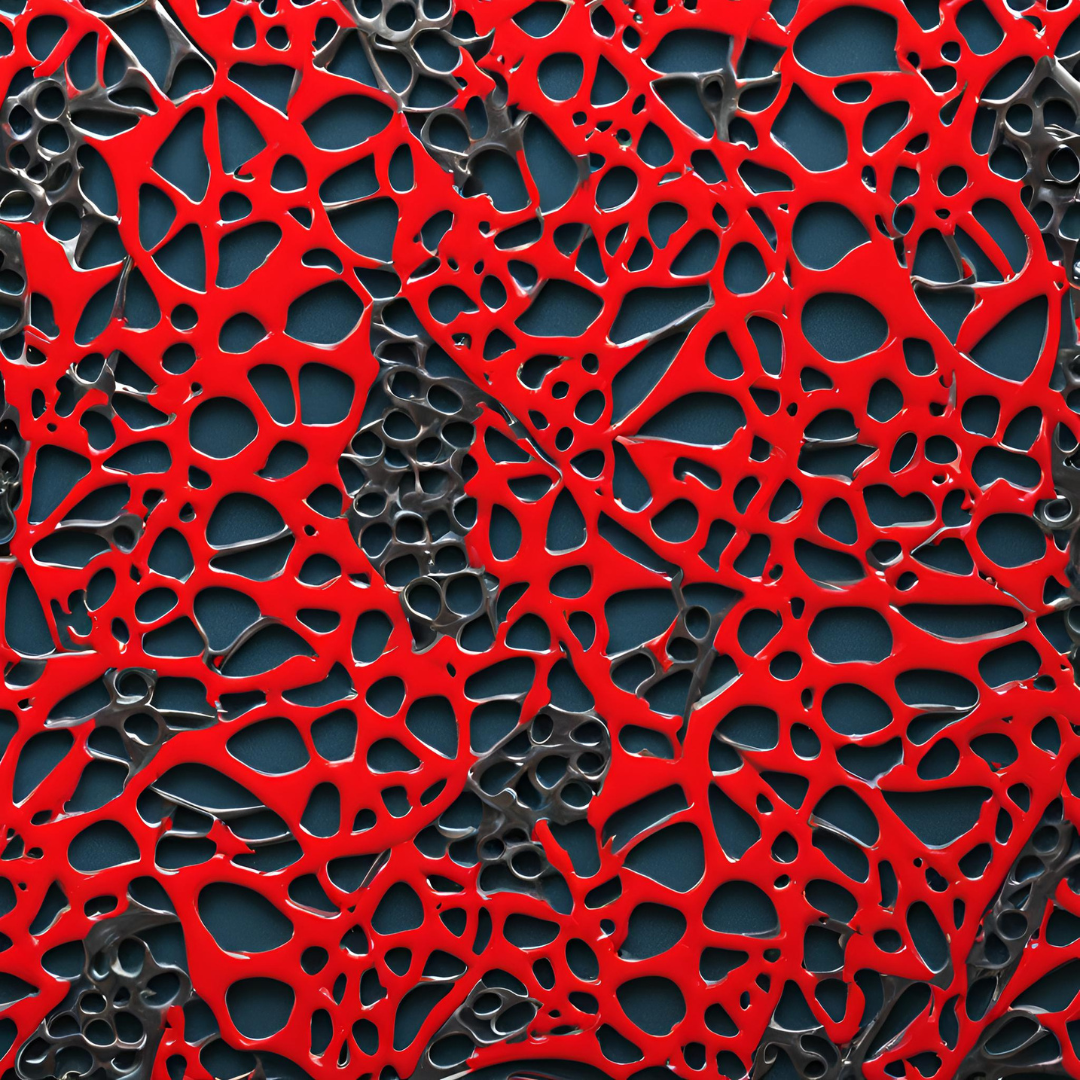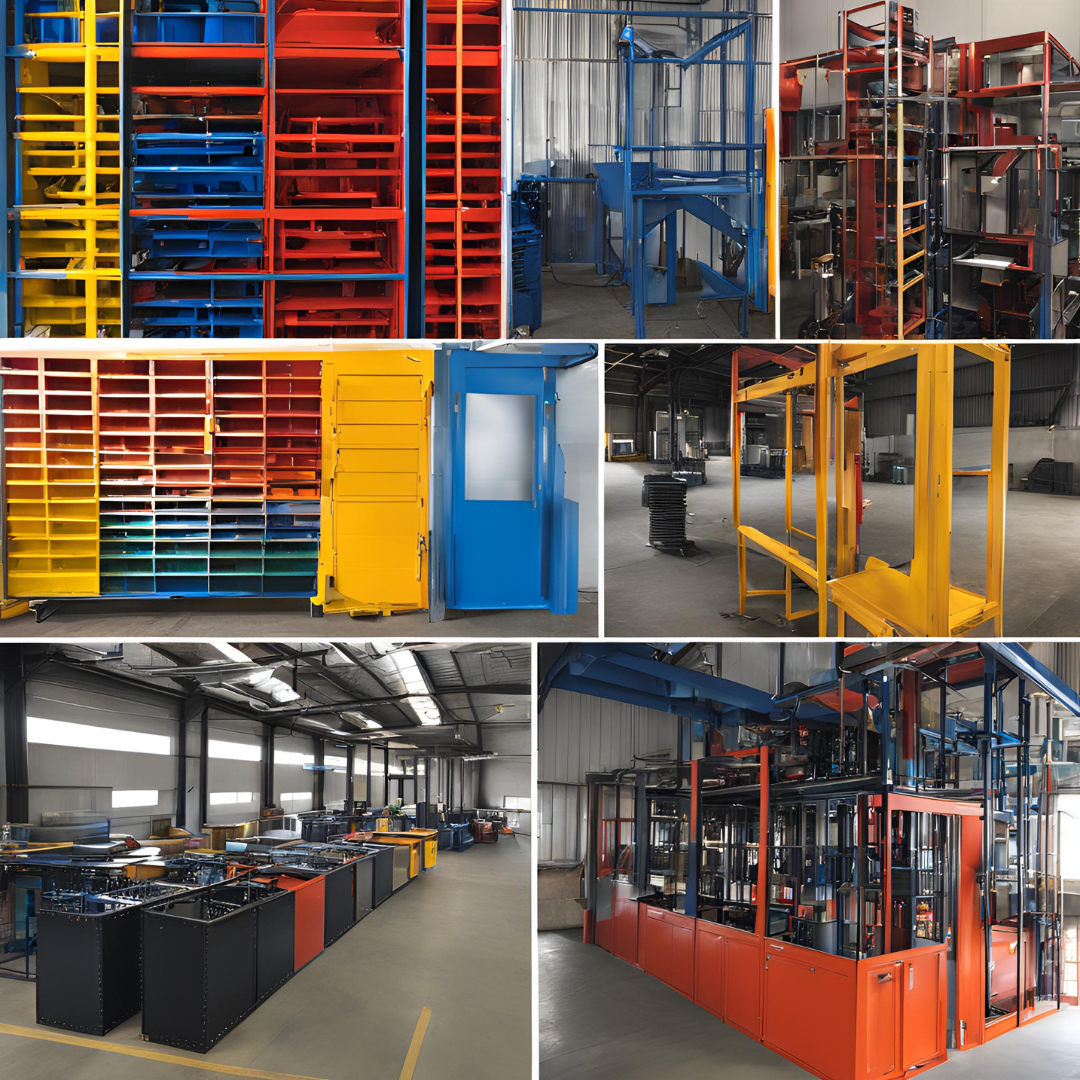When it comes to giving surfaces a fresh, durable finish, two main methods come to mind: powder coating and traditional liquid paint. Both have their own set of advantages and disadvantages. Let’s dive into what makes each unique and help you decide which might be best for your next project.
Powder Coating: The Pros
1. Durability: Powder coating is incredibly tough. It’s resistant to chipping, scratching, and fading, making it ideal for items that face a lot of wear and tear, like outdoor furniture, automotive parts, and appliances.
2. Environmentally Friendly: Powder coating doesn’t use solvents, which means it emits virtually no volatile organic compounds (VOCs). This is great for the environment and for reducing health risks during application.
3. Efficiency: The overspray from powder coating can be collected and reused. This means that up to 98% of the coating material can be utilized, leading to less waste and more savings.
4. Variety: Powder coating comes in a wide range of colors and finishes, from glossy and matte to textured and metallic, allowing for plenty of creative freedom.
Powder Coating: The Cons
1. Initial Cost: The setup cost for powder coating can be higher than traditional paint. Specialized equipment and curing ovens are required.
2. Thickness Control: Achieving very thin or very thick coatings can be challenging with powder coating, which may limit its use for certain detailed applications.
Traditional Liquid Paint: The Pros
1. Cost: Traditional paint typically has a lower initial cost since it doesn’t require the specialized equipment that powder coating does.
2. Flexibility: It’s easier to apply very thin coats of liquid paint, making it suitable for detailed work and items with intricate designs.
3. Ease of Touch-Up: Touching up a painted surface is generally simpler and less noticeable compared to powder-coated surfaces.
Traditional Liquid Paint: The Cons
1. Durability: Traditional paint is more prone to chipping, scratching, and fading over time, especially when exposed to harsh weather conditions.
2. Environmental Impact: Many liquid paints contain solvents that release VOCs, contributing to air pollution and health risks.
3. Waste: Overspray and leftover paint are often wasted, and it’s challenging to reuse, leading to more environmental impact.
Remember, the choice between powder coating and traditional liquid paint depends on your specific needs. If you need a durable, eco-friendly finish and don’t mind a higher initial investment, powder coating is an excellent choice. However, if you’re looking for a lower upfront cost and easier touch-ups, traditional liquid paint might be the way to go. Each method has its place, and understanding the pros and cons can help you make the best decision for your project. Thanks for following tips from your coating chic!


